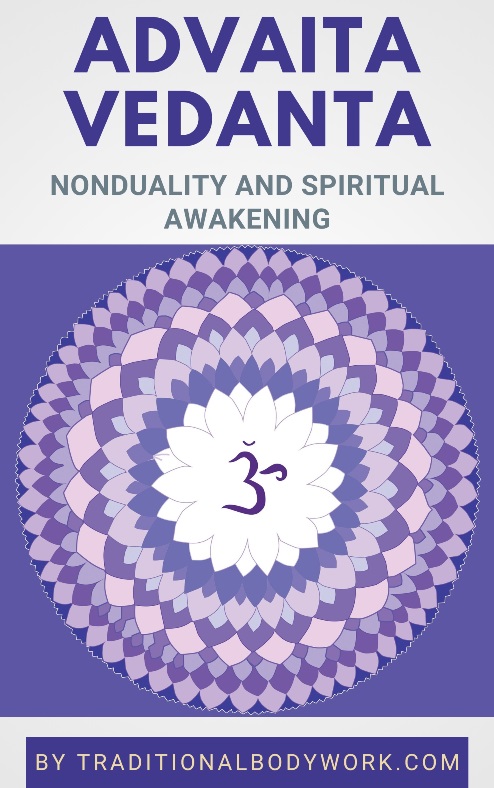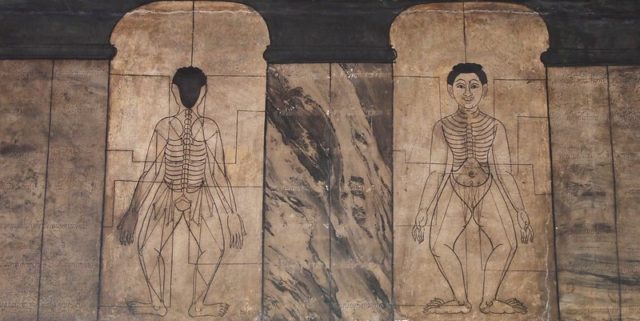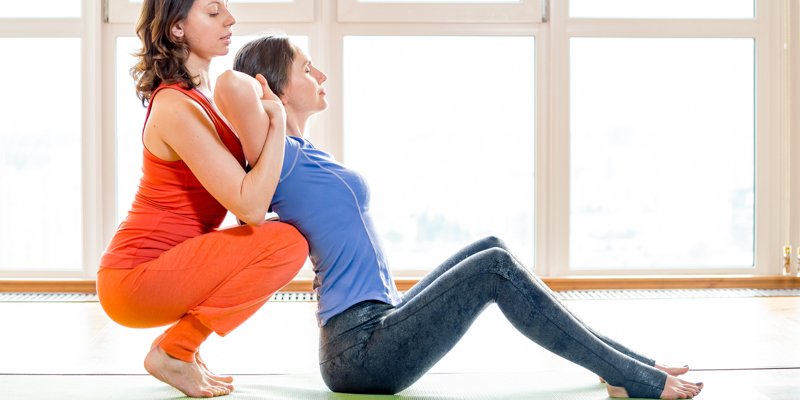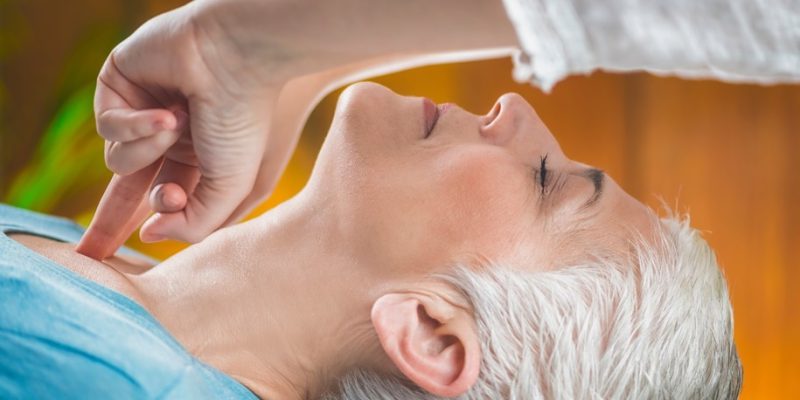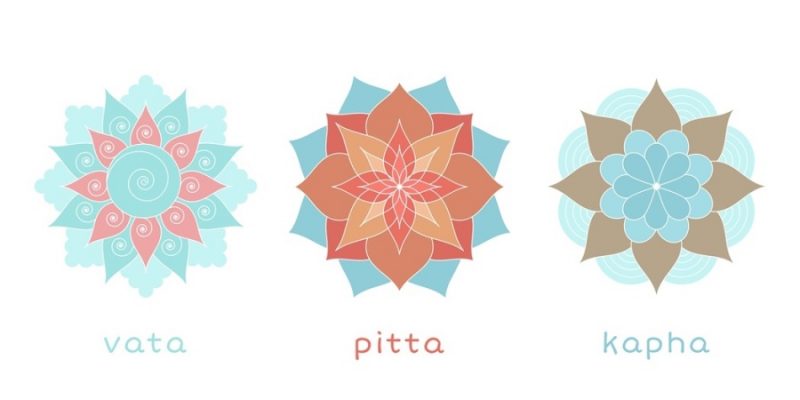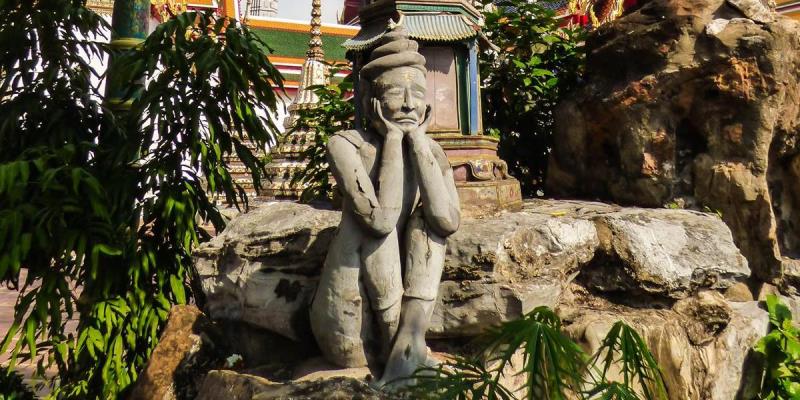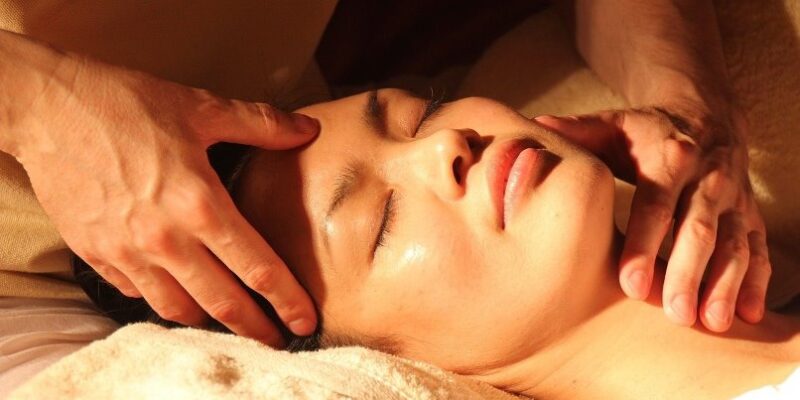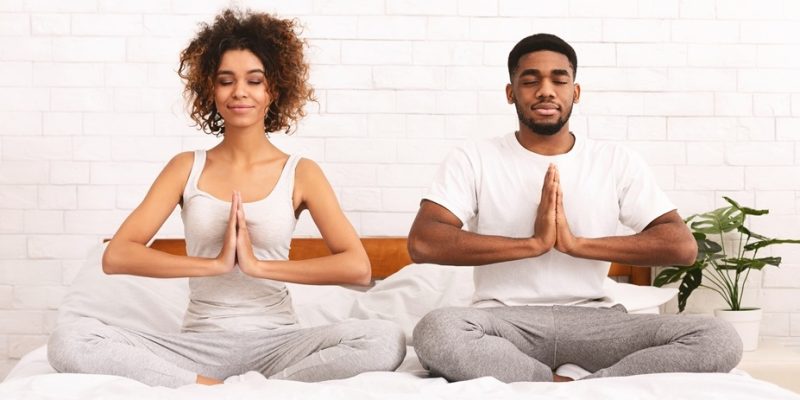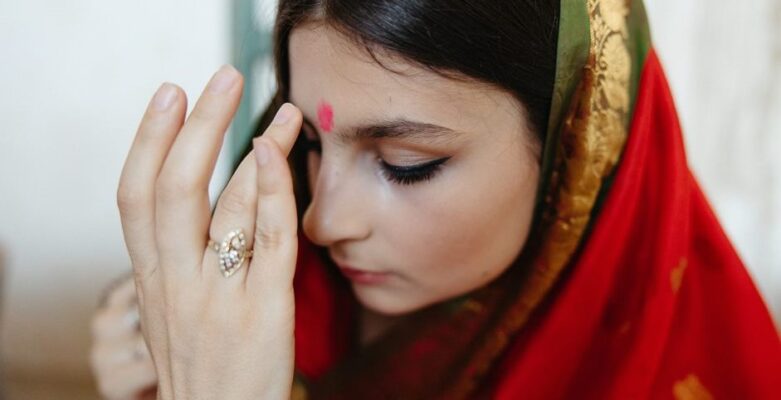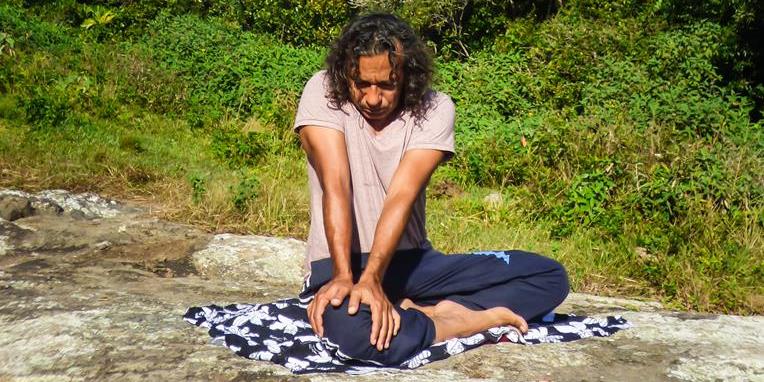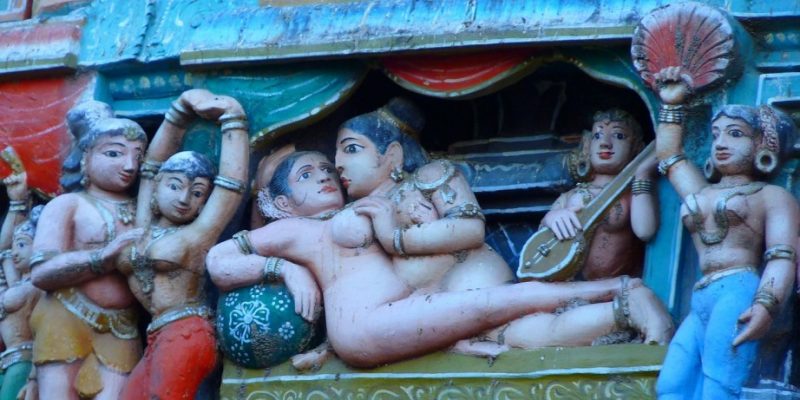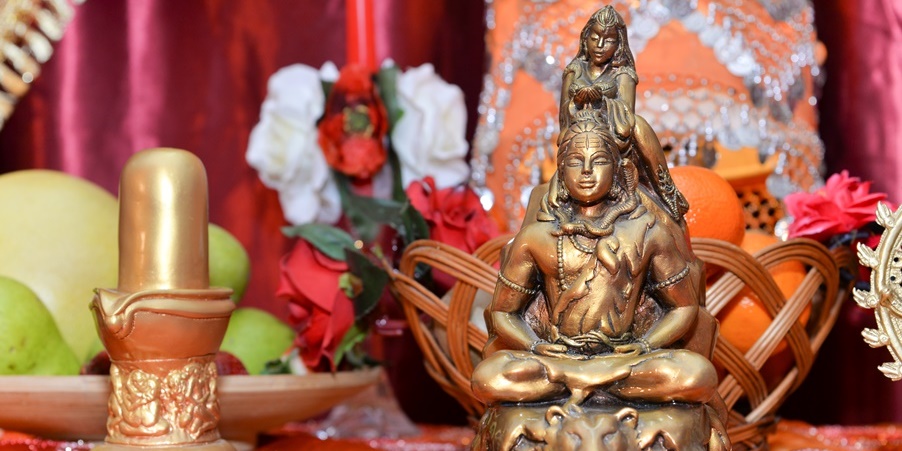
In this post, we’ll discuss the possible reasons why Tantra philosophy and practices are so obviously missing in Thailand, in Thai Massage, and in Thailand’s traditional healing arts as a whole, a remarkable fact considering the otherwise strong influence of Indian culture in Southeast Asia.
But let’s first take a look at the historical facts.

Almost the entirety of Eastern Asia has been profoundly influenced by Indian culture, a process that started around the 3rd century BCE with the spreading of Buddhism, and went on until about the 15th century CE — an incredible period of almost 2,000 years.
Indian culture brought administrative practices, Sanskrit, philosophy, religion, architecture, and healing arts, among other phenomena to countries like Tibet, China, Burma (Myanmar), Indonesia, Malaysia, Laos, Thailand, Japan, and where not.
As for the healing arts, we should particularly think of practices like Yoga, herbal medicine, massage, and Ayurveda. As it is, Thailand integrated Ayurvedic herbal medicine into its local indigenous healing traditions, borrowed from Indo-Tibetan Yogic practices and created Reusi Dat Ton (Thai Yoga), and fed its massage modalities with techniques, methods, and concepts from Yoga.
When we look at Thai Massage, we can see that it’s profoundly shaped by the Indic concepts of Yoga Nadis and Prana, which translated into the Sen Sib Energy Lines and Lom Pran theory. Additionally, the many assisted stretches you find in Thai Massage are often based on existing Yoga Asanas (Yoga postures). And acupressure point work in Thai Massage is undoubtedly based on the well-known Marma Points found in both Ayurveda and Yoga.
Interesting enough is the fact that Jivaka Komarabhacca (aka Dr. Jivaka or Dr. Shivago), a saintly Ayurvedic physician, is honored as the “Father Doctor of Thai Traditional Medicine.” Moreover, the Thai attribute the disclosure of the Sen Energy Lines and many herbal medicine recipes to Dr. Jivaka.

But where then in Traditional Thai Massage theory (or practice) are the typical Tantric concepts, such as Kundalini Energy, ritual practices, the Chakras, Mantra chanting, and Divine Union? How is it possible that Tantra is so conspicuously missing in Thai Massage and in Thai Traditional Medicine in general? Tantra, which was so influential from 500 CE up to 1500 CE — thousand years — and, for instance, conquered Tibet, even becoming the core of Tibetan spirituality and Tibetan Traditional Medicine.
An interesting aspect of Tantra in general is that Tantric influences in other systems are not always directly noticeable. Today, for instance, it’s generally accepted that the origin of what’s now called Hatha Yoga is largely based on Tantric Yoga scriptures and practices. Additionally, Tantra itself was a development, integration, and cumulation of earlier concepts and practices (with adding its own specific “flavor and focus”), which makes certain concepts easily attributable to other or earlier spiritual lineages.
A study of the history of Tantra in Thailand reveals that Tantric influences did exist, notably through what’s called Tantric Theravada, which are Tantric esoteric practices, views and texts within Theravada Buddhism, the latter being the main form of Buddhism practiced in Sri Lanka, Myanmar, Thailand, Cambodia, and Laos. Tantric Theravada has been linked to Vajrayana (Tantric Buddhism) which developed in India and later spread to Tibet, Nepal, East Asia, and Mongolia.
Evidence of Tantric Theravada practices in Thailand (notably represented by the Yogavacara tradition, which was an important Tantric-Buddhist current in Southeast Asia, and even mainstream in Laos, Cambodia, and Thailand), can be found from inscriptions made during the Thai Sukhothai Kingdom of the 16th century CE.
The Tantric Yogavacara tradition in Theravada Buddhism continued well into the 19th century, but was actively discouraged by the Thai King Rama IV by establishing the Dhammayuttika Nikaya (emphasizing the original Pali Canon), which aimed at a purer, orthodox form of Theravada Buddhism, while removing all non-Buddhist, folk religious, esoteric, occult, (tantric) ritual, and superstitious elements.
Mind that features of the Tantric Yogavacara tradition included Chakra Energy Centers (Cakra), Prana Energy Channels (Nadis), and Acupressure Points (Marma Points), which — except for the Chakras — appear in official Thai Massage theory. In fact, the ancient drawings and stone tablets kept at the Wat Pho temple indeed depict Chakra locations, but then rather as Acupressure Points and without explicitly mentioning or emphasizing that they are “Chakras.” Nevertheless, a few descriptions (therapeutic instructions for ailments) written next to some of the marble tablets do reference the Chakras, for instance the Anahata Chakra (Heart Chakra).
In any case, it could be that the Buddhist reform in Thailand partially rewrote the historical roots of Thai Massage and Thai Traditional Medicine, primarily focusing on early, “pure” Buddhism (Theravada) and Ayurvedic Medicine. Mind that Jivaka Komarabhacca — the Father of Thai Medicine — was himself a Buddhist (supposedly living during the Buddha’s time and even his friend and personal physician) and an Ayurvedic doctor, and had nothing to do with later Tantric developments.

The Thai restoration endeavor to save, collect, and compile medical knowledge at the Wat Pho temple (after establishing the new Thai capital Bangkok) started around 1782, but it was only in a later project (around 1832) that the massage Acupressure Charts, Sib Sen Energy Lines, and other medical knowledge were engraved into the famous marble tablets. The question here is if mentioning and/or depiction of the Chakras and Kundalini were deliberately omitted or kept minimal, or that they had never been substantially incorporated in Thai Massage theory and practice at all. The answer to this will probably never be given.
Another idea here is that the Thai never favored Tantra. As said above, Southeast Asia and the region which is now called Thailand was initially influenced by Buddhism and Ayurveda, a process that started in the 3rd century BCE. The full influence of Tantric ideas, concepts, and practices came much later, starting around 500 CE. Moreover, the Thai people migrated to the current Thailand region between the 10th and 12th century CE, and it’s not clear what concepts and practices they brought with them, and what elements they embraced of what was available in the areas they moved into.
Looking at the Thai people today, we can see that topics like propriety, decency, and politeness are highly valued, and I wouldn’t be surprised that the Thai rejected the “shameful, decadent, and impolite” Tantric ideas and practices. As such, they would have probably shunned Indian Tantric concepts as the Divine Sexual Union of Shiva and Shakti, ritual sex, and sexual Kundalini Energy that runs through the Chakras, and so on, and only taking aspects and knowledge from Indian culture what suited them, such as Buddhism and Ayurveda.
Today we see quite some Thai Massage therapists and teachers integrating Tantric concepts into Thai Massage, such as the Chakras and certain ideas around Non-Duality and Spiritual Enlightenment. As a whole, we can see that practitioners are increasingly inclined to bring in “foreign aspects” into Thai Massage, such as the Ayurvedic Tridosha, Reiki, Zen Buddhism, Traditional Chinese Medicine theory, and whatnot. Certainly there are parallels, especially between Asian massage, bodywork, and traditional medicine systems, but I feel we need always keep our integrity and inform our students and clients about what’s what and what’s not.




